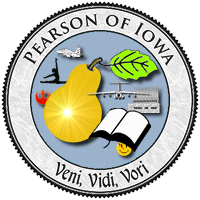(from Steinar Kvale, Sage Publications, Thousand Oaks California, 1996, p. 133-135)
a. Introducing questions: “Can you tell me about....?”, “Do you remember an occasion when...?” “What happened in the episode mentioned?”,...
b. Follow-up questions: Direct questioning of what has just been said, nodding, “mm”, repeating significant words, ....
c. Probing questions: “Could you say something more about that?”, “Can you give a more detailed description of what happened?”, “Do you have further examples of this?”,...
d. Specifying questions: “What did you think then?” What did you actually do when you felt
a mounting anxiety?”, “How did your body react?”,...
e. Direct questions: “Have you ever received money for good grades? When you mention
comptetion, do you then think of a sportsmanlike or a destructive competition?”
f. Indirect questions: Projectove questions such as ‘How do you believe other pupils regard
the competition of grades?”
g. Structuring questions: indicating when a theme is exhausted by breaking off long
irrelevant answers: “I would now like to introduce another topic:...”
h. Silence: By allowing pauses the interviewees have ample time to associate and reflect
and break the silence themselves. With significant information.
i. Interpreting questions: “You then mean that....?” “Is it correct that you feel that...?”Does
the expression.... Cover what you have just expressed?”
Journal, lists, links, philosophy, but mostly just good stuff I have found on the web

About Me
Monday, August 16, 2010
Subscribe to:
Post Comments (Atom)

No comments:
Post a Comment